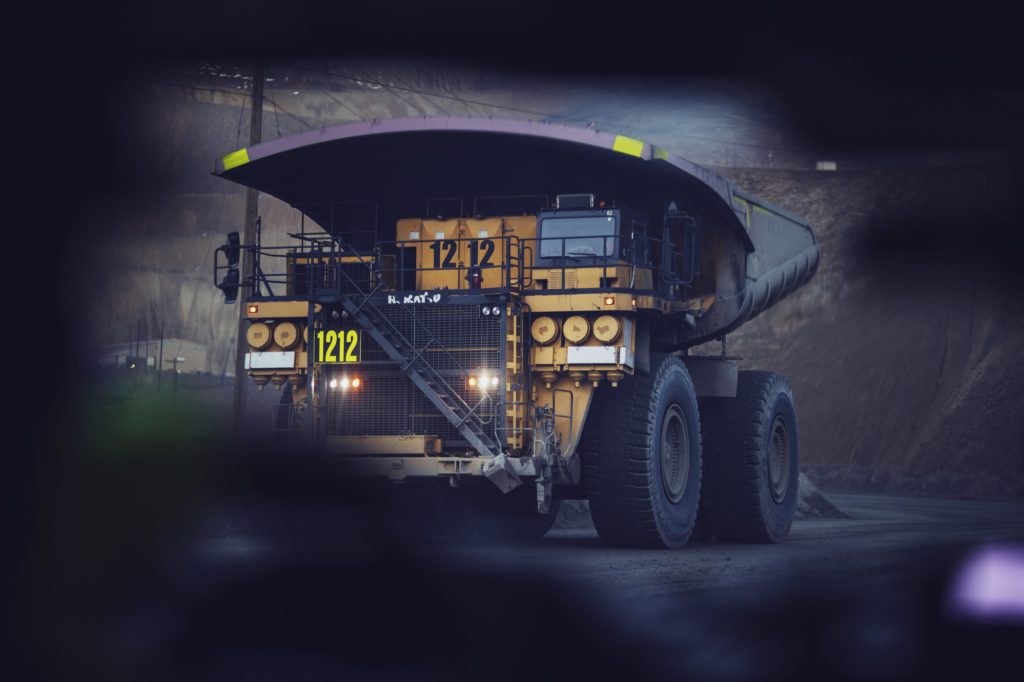Rio Tinto transitions to renewable diesel at Kennecott


Rio Tinto (ASX: RIO) has transitioned from conventional to renewable diesel for all heavy mining equipment at its Kennecott copper mine in Utah.
Kennecott’s fleet of 97 haul trucks and heavy machinery equipment at the mine, concentrator, smelter, refinery, and tailings are fueled by renewable diesel sourced in the US.
The move is expected to reduce the mine’s Scope 1 emissions by 450,000 tonnes, which is equal to eliminating the annual emissions of 107,000 cars.
In addition, the switch to renewable diesel reduces PM2.5 (particulate matter less than 2.5 microns) emissions at the tailpipes of our haul truck fleet by 40%, a reduction equivalent to approximately 3.7 billion km of light vehicle travel annually.
According to Rio Tinto, Kennecott has now one of the lowest carbon footprints of any copper producer in the country, thanks to recent initiatives such as the closure of a coal-fired power plant, installation of a 5-MW solar farm, deployment of battery EV underground, and the transition to renewable diesel.
The operation’s overall carbon footprint has now been reduced by more than 80% from 2018 levels.
Combined with Rio Tinto’s Boron mine – which completed the full transition of its heavy machinery from fossil diesel to renewable diesel in May 2023 – renewable diesel use at Kennecott replaces 11% of Rio Tinto’s global fossil diesel consumption with renewable diesel.
Rio Tinto is targeting reductions in Scope 1 and 2 emissions of 50% by 2030 and net zero by 2050.
Comments